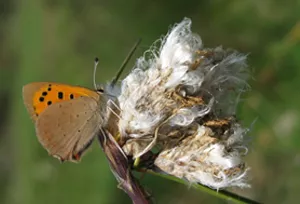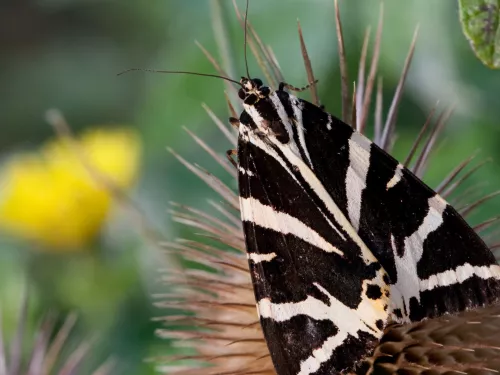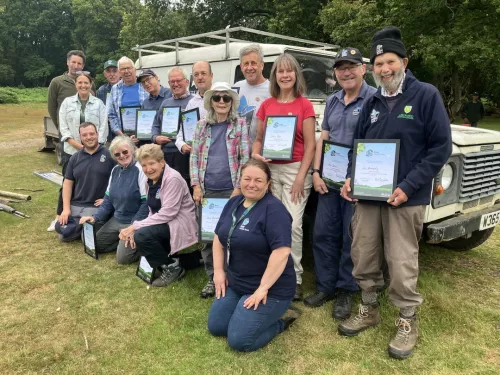
Meet the herd – the eight wild bison on a wilding journey in Canterbury
Since bison were released into West Blean and Thornden Woods on the outskirts of Canterbury, they have not only transformed the landscape but significantly grown in number.


So even if the grass snake is tucked up under a log pile for a few more months, everything on the heath is not still and calm in winter, there is always something to see or hear or guess at. And the bluebell leaves are already pushing up to the light. Gardeners can help a myriad of wildlife by leaving wild corners untidy until later in the spring, allowing whatever is hibernating in the leaf litter, log piles and long grass to awaken naturally. There is more information about wildlife gardening on the website of the Wildlife Trusts.
Warm clothes and sturdy footwear, or wellies for puddle-lovers, are all you need to enjoy a breath of fresh in this special space on our doorstep, open to all, including dogs that are kept in check. The noticeboards at the entrances give the location of the livestock, the noticeboard down the main slope from the Cade Road car park gives recent wildlife sightings.
For email alerts on the location of the livestock, or to join the volunteers who help maintain the reserve or check the cattle and contact the Warden on ian.rickards@kentwildlife.org.uk, tel 01622 662012.
By Margery Thomas ~ Kent Wildlife Trust volunteer, Ashford

Since bison were released into West Blean and Thornden Woods on the outskirts of Canterbury, they have not only transformed the landscape but significantly grown in number.

Margery Thomas, Hothfield Volunteer and regular columnist looks at the lack of butterfly sightings in recent months, the work volunteers are doing to remove bracken and how this all impact the wider management of the last remaining fragments of heathland…

By August, floral glory has passed from the orchids (heath spotted, southern marsh and a few large hybrids) to the heather or ling. As ever, we hope for a protracted display of purple in the heathy areas, which is likely if the cool nights persist. Orchid…